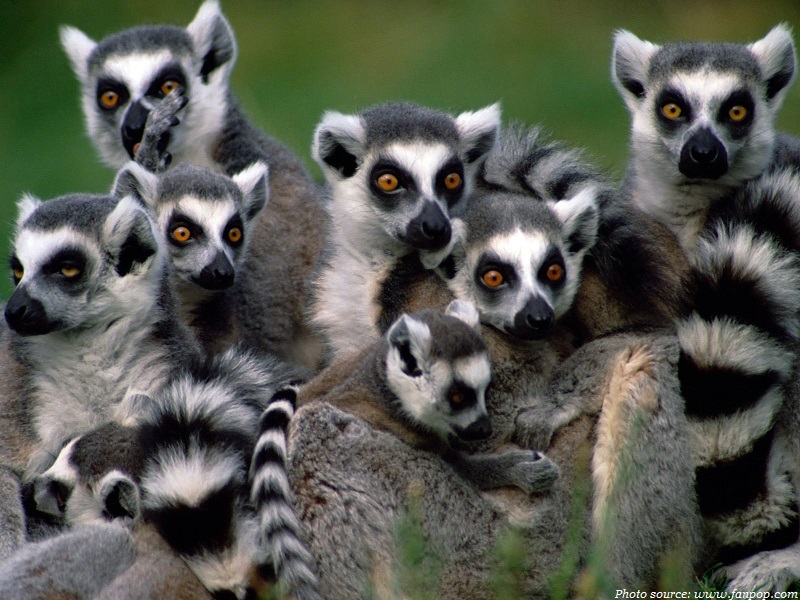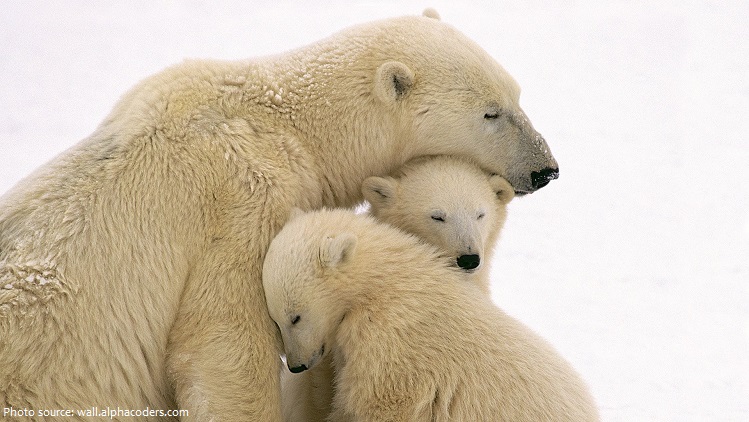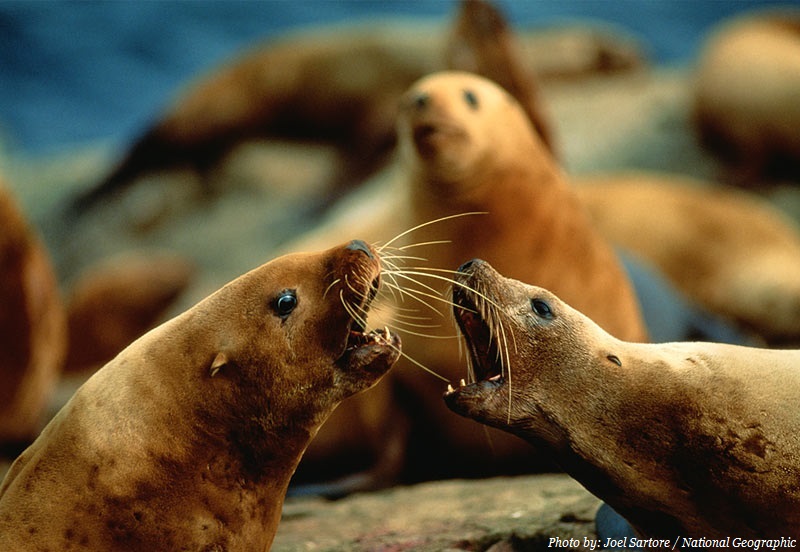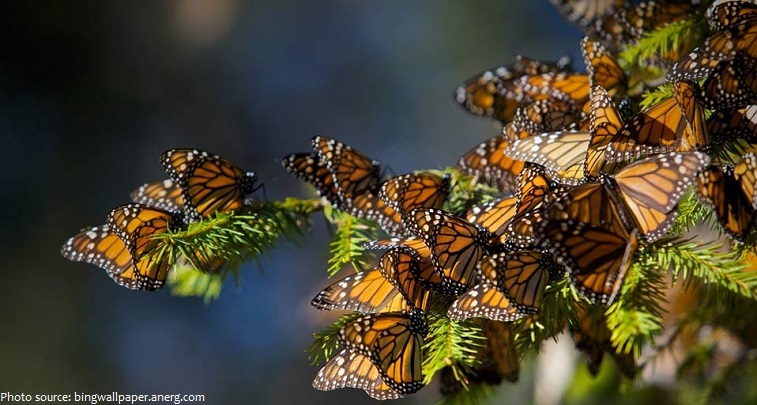Interesting facts about wolves
Average life span for wolves in the wild up to 13 years in wild (usually 6 to 8 years) up to 16 years in captivity. Average weight for females is 27 to 36 kilograms (60 to 80 pounds) and for males 30 to 50 kilograms (70 to 110 pounds). Average height is from 66 to … Read more








